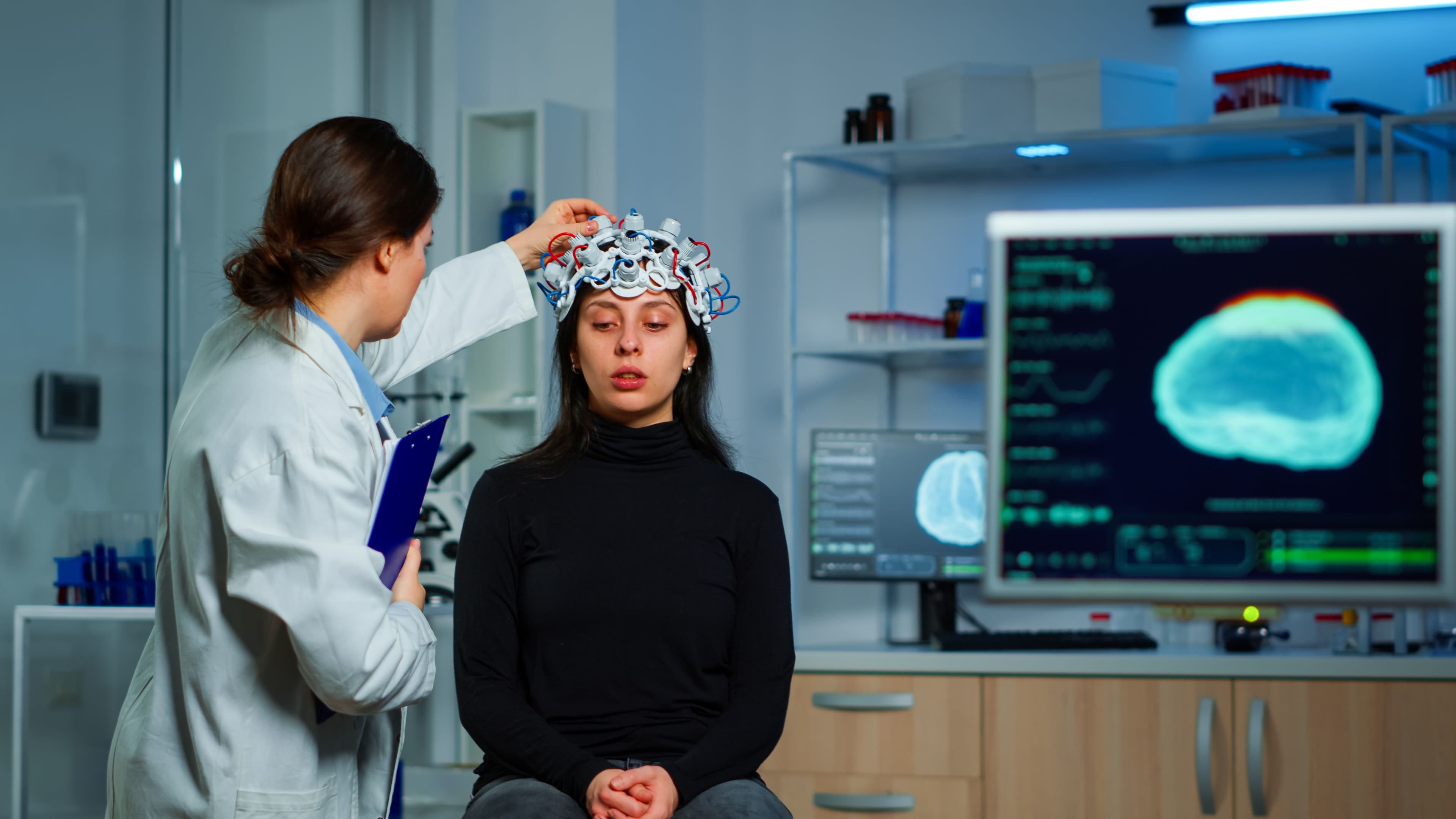A stroke, sometimes called a "brain attack," occurs when the blood supply to the brain is interrupted or reduced, preventing brain tissue from getting oxygen and nutrients. Brain cells begin to die within minutes. Stroke is a medical emergency, and prompt treatment is crucial. The effects of a stroke can be devastating, leading to disability and even death. Understanding the signs and symptoms of stroke, and acting quickly, can significantly improve outcomes.








